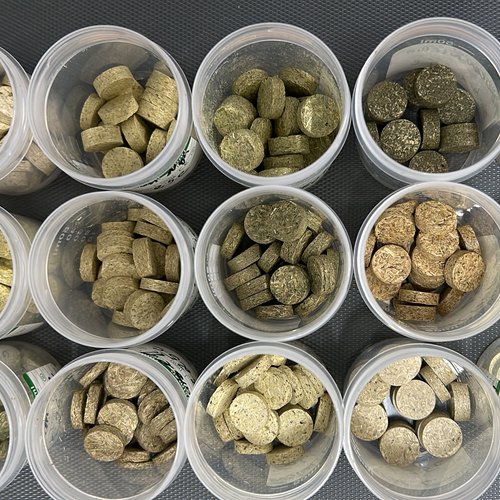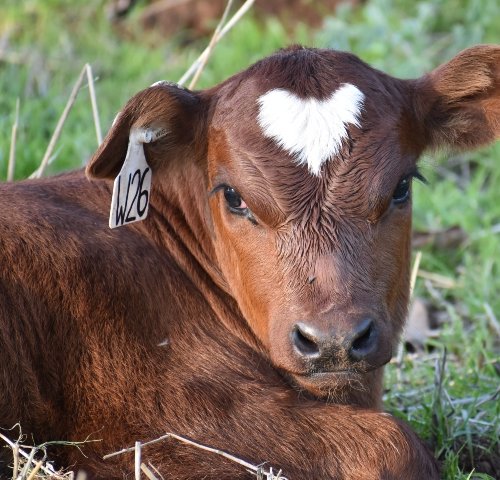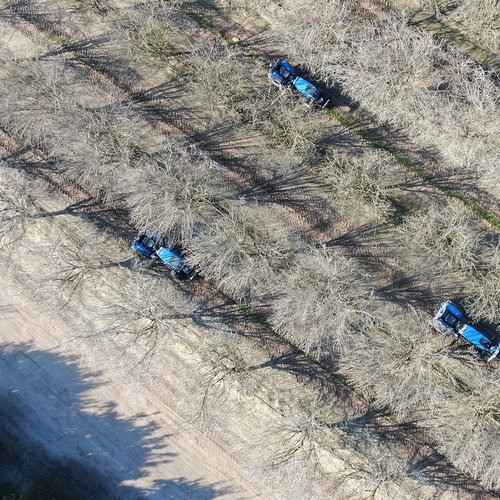In a webinar exploring the sheep and wool outlook, Rabobank senior animal proteins analyst Angus Gidley-Baird said sheepmeat prices – despite being much higher than expected early in the year – would remain strong through 2020.
However, wool prices were expected to soften, before strengthening again in late 2020.
With a growing exposure to exports, and product positioning in the premium red meat category, the Australian lamb industry was more exposed to COVID-19’s global economic downturn than some other meats, Mr Gidley-Baird said, but he believed reduced domestic sheep numbers would counter the global market impact.
“We’ve got the lowest sheep inventory for over 75 years, and the reduced lamb and wool production we are seeing as a result will support prices for 2020,” he said.
Reduced slaughter numbers – lamb slaughter 12 per cent down, year to date, and sheep slaughter 26 per cent down, year to date – was indicative, he said, of producers holding and rebuilding flocks now the season had turned.
Mr Gidley-Baird said the ”phenomenal” increases in lamb prices experienced earlier in the year – 35 per cent higher year on year (YOY) – were not unusual under a supply constraint scenario, but expected these prices to soften as the year progressed.
Australia would benefit from its strong domestic sheep market, but with 65 per cent of lamb, and almost all mutton and wool, exported around the globe, he said global markets would play heavily on the industry.
COVID-19 impacts on the sheep meat industry
Social restrictions have impacted foodservice and restaurant demand heavily, with foodservice traffic in China during the month of February down 80 per cent, although signs of recovery were now being seen.
“A large bulk of Australia’s product into the Chinese and US markets – 60 to 65 per cent –is eaten out of home, with Australian lamb sold into the US heavily focused on the higher end restaurant market, making it particularly vulnerable to the global economic slowdown,” Mr Gidley-Baird said.
As such, he said, the reduction in foodservice could have a larger impact on lamb over other proteins, as it was more exposed to the premium red meat markets.
Strong demand from consumers stripping supermarket aisles had fuelled prices in late March, but Mr Gidley-Baird said that demand had now dissipated, and lamb prices softened accordingly.
He forecast heavy lamb and mutton prices to follow a similar trajectory to last year, expecting prices to come off their highs from earlier in the year, before picking up again through May, June and July – albeit no higher than the mid-year peaks experienced in 2019.
“Given our supply situation I don’t expect prices to drop dramatically, unless we were in the very unfortunate situation where multiple processing facilities ended up closing due to reduced margins or a COVID-19 outbreak – reducing processing capacity on market,” Mr Gidley-Baird said.
Learning from the past
Mr Gidley-Baird said a weaker Australia dollar, despite a recent rise above 60 cents, would support the local industry through slower global economic conditions.
Comparing the current situation to the global financial crisis of 2008/2009, he said the wool price plummeted 34 per cent, in USD terms, in the three months following the collapse of financial institutions in 2009, and 12 per cent in Australian dollar terms. Australian lamb prices dropped 24 per cent over those same three months during the GFC.
However, Mr Gidley-Baird said, beyond this sharp sudden decline, the price movements across the year were less pronounced. In Australian dollar terms, wool dropped six per cent from the beginning to the end of 2008, 10 per cent through 2009 before increasing 14 per cent through 2010.
Lamb prices actually increased throughout the period 2008 to 2010.
Mr Gidley-Baird said this historic data augured well for the current pandemic crisis, and predicted Australian wool prices would fall on the back of weaker demand, before recovering in late 2020.
This forecast, he said, was based on the assumption of decreased US and Chinese consumer sentiment, plus severe economic contraction over the next six months, before picking up late 2020 into early 2021.
Other global considerations included an assumed decline in cotton prices (before rising again) and a decrease in Australian wool production – assumed to be down two to three per cent YOY – and Chinese wool imports.
“Interestingly, last year China had one of the lowest volumes of wool imports in the past 10 years, so we expect stocks in China to be relatively low, driving stronger imports as factories start to open up again,” Mr Gidley-Baird said.
He said wool prices were expected to continue to ease towards 1100cAUD/kg through to the middle of the year before picking up towards 1400cAUD/kg in late 2020/21 as economic conditions improved.




